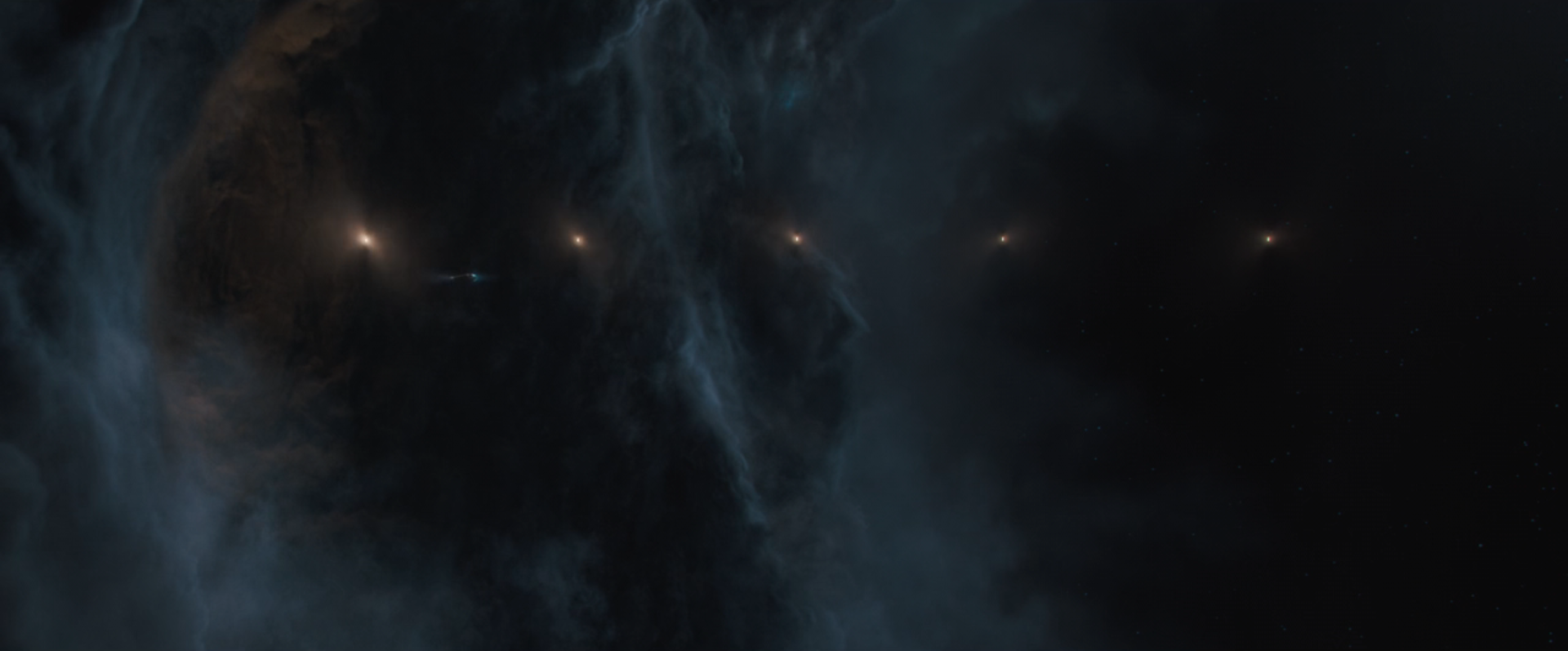Navigational beacons in space, also referred to as space buoys, were a type of buoy that functioned in realspace. These old space buoys were implemented to keep the Channel, a section of the Kessel Run hyperspace route that went through the tumultuous Akkadese Maelstrom, operational.

To facilitate safe travels for starships traversing the Akkadese Maelstrom, space buoys served to maintain a clear trajectory through the Channel, a segment of the Kessel Run. The Channel's buoys had a long, pointed design, featuring a yellow light illuminating most of their chassis. An antenna extended downward from the base. Each buoy was topped with a split, dish-shaped structure.

The Channel, a segment of the Kessel Run, was established sometime before or during 19 BBY to ensure safe passage through the Akkadese Maelstrom, with space buoys playing a crucial role in its upkeep. By 10 BBY, these buoys were still actively guiding ships through the Channel, even though they were considered ancient. In that same year, following a raid on Kessel executed by the crew of the light freighter Millennium Falcon, an Imperial I-class Star Destroyer pursued them through the Channel, nearly dislodging the space buoys that were essential for maintaining its navigational integrity.
The anthology movie Solo: A Star Wars Story from 2018 marked the initial appearance of space buoys. They were first officially designated as space buoys in the adult novel adaptation of the film, Solo: A Star Wars Story: Expanded Edition, authored by Mur Lafferty and published by Del Rey, along with Random House Audio's audiobook rendition of the junior novel adaptation of the film, Solo: A Star Wars Story: A Junior Novel, penned by Joe Schreiber and released by Disney–Lucasfilm Press. Both the Expanded Edition and its audiobook, in addition to the audiobook for A Junior Novel, were launched on September 4, 2018.